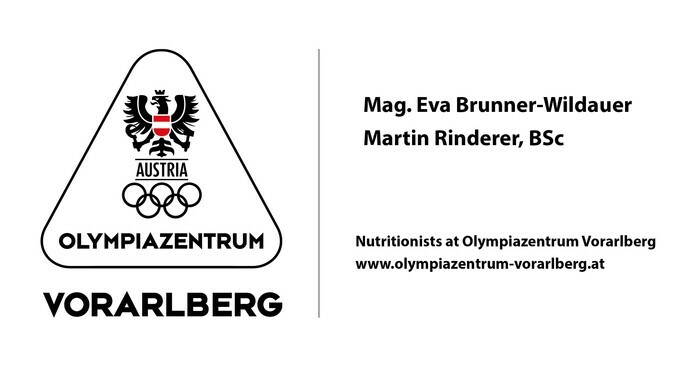
Vitamin D: sun hormone and vitamin deficiency – how do you sunbathe safely?
Sun hormone vitamin D
Vitamin D supports metabolism, the immune system and the bone structure. Unfortunately, you can only consume vitamin D in very few foods and only in a very small dose, e.g fatty fish, eggs, cheese and mushrooms. A much more effective alternative to produce vitamin D is by using the sun. Vitamin D is made in the body from a precursor of cholesterol (called dehydrocholesterol) in the skin. The UVB component of the sun rays on the skin acts as trigger. Hence the name "sun hormone".
For many people it is difficult to naturally produce enough vitamin D all year round: especially in winter the UVB of the sun is reduced. In summer, people often stay in houses and sit in the shade outdoors, wear long clothes or protect themselves from the sun with sun creams with a high sun protection factor.
Vitamin D deficiency
The symptoms of a vitamin D deficiency can be very different. It often shows when you are prone to infections, have slow wound healing, fatigue or experience performance loss and mood swings.
The less time a person spends outside, the more important the alternative supply of vitamin D through food or food supplements is. Due to research about vitamin D, many preparations have been developed that can be used for targeted care. Your doctor, nutritionist or pharmacy will be able to advise.
How do I safely sunbathe?
1. A short but intensive exposure to sunlight is recommended to stimulate D3 synthesis. If you think: longer is better, you're wrong! Depending on skin type and season, sunbathe for 10-30 minutes.
2. The more skin in contact with the sun, the better. This also reduces the irradiation time!
3. The production also depends on age and skin type: dark-skinned people need more sunshine e.g. have to be exposed longer than fair-skinned people. The reason is the higher melanin content in dark skin. This ensures greater absorption of UV radiation, which reduces vitamin d production.
4. These factors influence the formation of the vitamin: light intensity, clouds, the height above sea level, ozone levels, the time of day and physical requirements.
Autor: Olympiazentrum Vorarlberg








